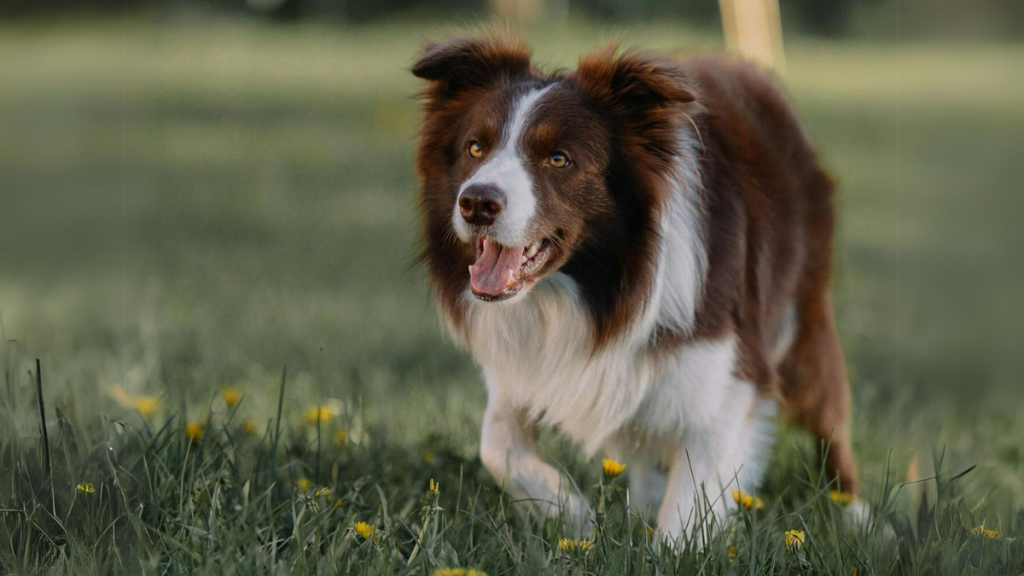The itchiness and discomfort associated with hay fever can be unbearable, but how do you cope if you’re a dog? Like humans, dogs can suffer from hay fever, and the signs of this allergic reaction can be distressing for pets and their owners.
Understanding how to identify and manage hay fever in dogs can help you provide the best care for your furry friend.
Common Symptoms of Hay Fever in Dogs
Recognising hay fever in dogs starts with knowing the common symptoms. These include intense itching, leading to excessive scratching and licking, especially around the face, paws, and underbelly. You might notice red, inflamed skin or even hair loss in these areas. Other symptoms include watery eyes, a runny nose, and frequent sneezing. Some dogs may also develop ear infections or exhibit signs of discomfort, such as shaking their heads or pawing at their ears. There are also behavioural changes like restlessness or irritability, which can be indicators of hay fever.
How to Treat Hay Fever in Dogs
Once hay fever is diagnosed, there are several practical solutions to help your dog find relief from their symptoms. These range from medications to environmental changes, each aimed at reducing your dog’s symptoms and improving their comfort. Here are six common treatments to help your dog feel more at ease.
- Anti-histamines: Your vet can prescribe antihistamines to help reduce your dog’s itching and inflammation. These medications block the effects of histamines, chemicals released during an allergic reaction.
- Corticosteroids: For more severe cases, corticosteroids may be necessary. These powerful anti-inflammatory drugs can quickly reduce symptoms but should be used under veterinary supervision due to potential side effects with long-term use.
- Immunotherapy: Also known as allergy shots, immunotherapy involves regular injections of small amounts of the allergen. Over time, this can help desensitise your dog’s immune system to the allergen, reducing the severity of reactions.
- Hypoallergenic Shampoos: Regularly bathing your dog with hypoallergenic shampoo can help remove pollen and other allergens from its coat, providing short-term relief from itching and irritation.
- Environmental Changes: Reducing allergen exposure in your home can significantly alleviate symptoms. This includes washing your dog’s bedding every week, vacuuming regularly, and keeping windows closed during high pollen seasons.
- Synthetic Grass: Replacing natural grass with synthetic grass is an effective way to minimise allergen exposure for dogs with hay fever. Even better, you can now install pet grass, a special type of synthetic grass specifically designed for the health and comfort of pets. Since it doesn’t produce pollen, it provides a safe and comfortable outdoor surface for your dog to play and nap.
Combining some of these treatments and making changes to your dog’s environment can help manage their hay fever and improve their quality of life.
Conquering Hay Fever for a Happier, Healthier Dog
Hay fever can cause significant discomfort in dogs, but correctly identifying and managing this condition will help your pet enjoy a happier, healthier life. Consulting a veterinarian, exploring treatment options, and making changes to your pet’s environment are key steps in alleviating their symptoms. It won’t be long until your dog is once again enjoying the outdoors without the itchiness and discomfort of hay fever.

